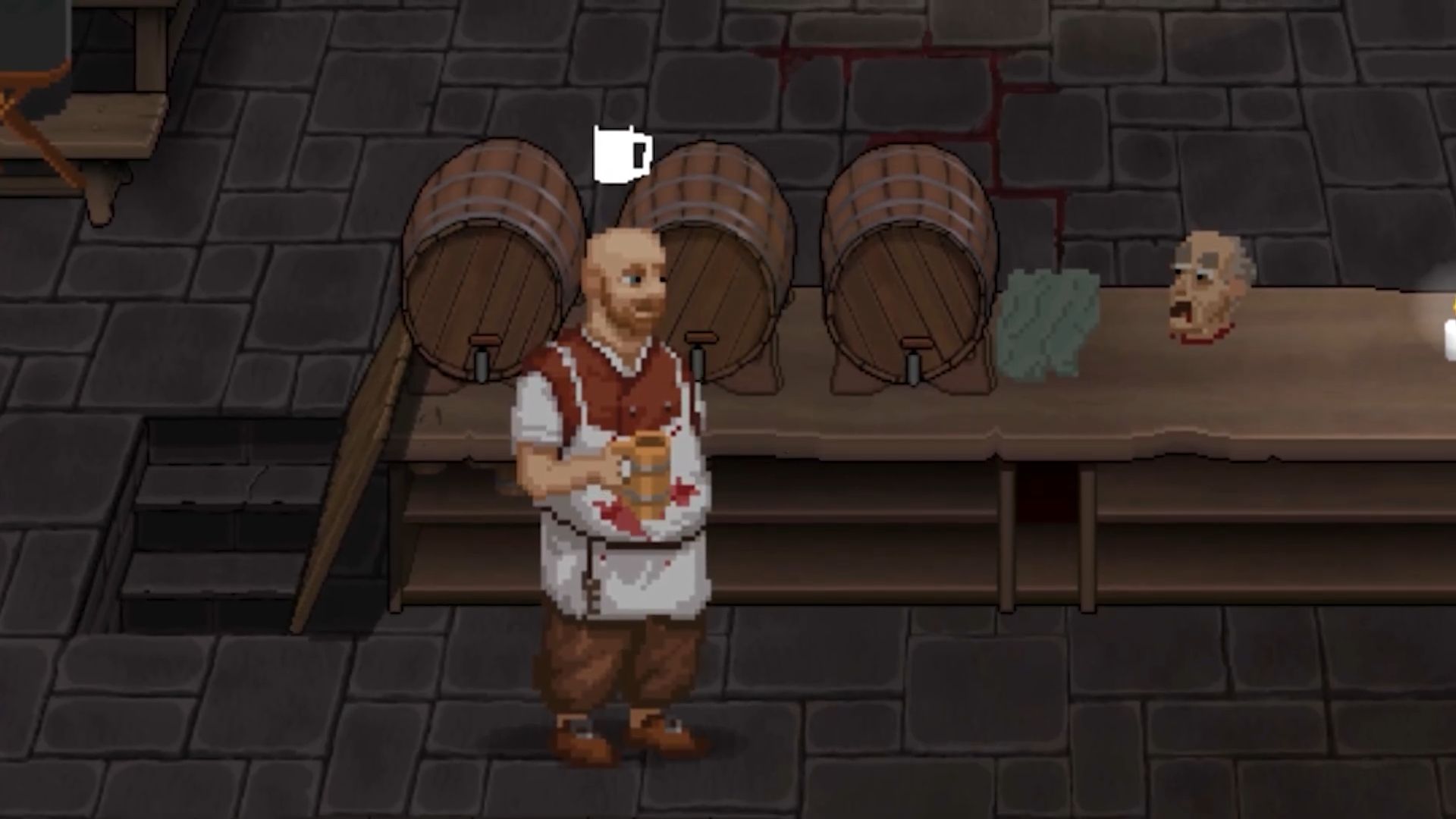Avatar: The Way of Water hits theaters on Dec. 16, 2022. Below is a spoiler-free review.
I think it was right about when a Pandoran whale lamented, in Papyrus-subtitled dialogue, that its past was “too painful” to recount that I realized I had totally bought into Avatar: The Way of Water. The success of 2009’s Avatar heavily influenced the direction of digital filmmaking and distribution, and though the world has changed a lot in the 13 years leading up to this sequel, some things never do… like how when James Cameron decides to make a sequel, he expands and embellishes the preceding story in surprising, engaging ways. Avatar: The Way of Water isn’t afraid to be weird as hell, as it doubles down on the naked sentimentality of the first movie, refocuses the plot on more interesting characters, and yes, it has to be said, sets the high water mark for visual effects in film all over again.
The Way of Water bridges the long gap between movies with a dense prologue that explains what happened after the resource-hungry humans of the RDA retreated from Pandora. Defecting Avatar pilot and now full-time Na’vi Jake Sully (Sam Worthington) and Neytiri (Zoe Saldaña) start a family as the new leaders of the Omaticaya tribe. That family grows to include three biological and two adopted children, and it’s the driving force behind Jake and Neytiri’s decision to exile themselves after the RDA return to resume their plundering, led by the practically non-existent General Ardmore (Edie Falco). These early scenes deliver a lot of exposition, and breeze over important details about the status quo and the nature of certain relationships. At a bladder-busting 190 minutes, The Way of Water almost always finds the time to circle back to reinforce the most crucial plot elements, but it does mean that there will be times where you’ll be searching for a character’s name or their place in the social hierarchy. Cameron’s betting that you’ll be too bowled over by what a decade of technological advancement has done for realizing Pandora on screen, and the results speak for themselves.
Though we spend some brief time in the forests of the first film, the vast majority of The Way of Water takes place in the territory of the seafaring Metkayina tribe, and the vibrant underwater ecosystem is an even more dreamlike palette for Cameron to work with. Bioluminescent rainbows from the flora in the depths refract through the moving surface like the aurora, sunsets on the wide horizon bounce off the waves and cast the shores in a purple hue, the thoughtfully designed marine life all reinforce the sense that Pandora is a living, breathing world even more effectively than Avatar did. But when the time comes to blow up all that tranquility in favor of blockbuster action, it should come as little surprise that Cameron delivers the goods. Even the most chaotic action sequences are readable, thrillingly paced, and above all, impossible to take your eye away from. An early raid on an RDA cargo shipment features a train derailment that I smiled the whole way through, taken aback by how visceral the destruction felt.
The Way of Water has far more room for levity than its self-serious forerunner.
Cameron’s environmentalist interests remain the backbone of the larger Avatar plot, and his heavy employment of familiar character archetypes and story devices feels like a clear message that the Na’vi good guys and military baddies are more important as a collective than individually. And if we’re talking archetypal characters, we have to talk about Cameron’s decision to (quite literally) revive Stephen Lang’s Miles Quaritch as The Way of Water’s primary villain. Quaritch’s hyper-macho drill sergeant persona felt dated in 2009, little more than a vessel for all the worst aspects of Avatar’s themes of colonialism, but Lang’s scene-chewing enthusiasm always kept the character interesting. Quaritch gets his second chance at revenge thanks to a Na’vi body of his own, and his newfound physical prowess gives him even more swagger than he already had. His personal vendetta doesn’t get fleshed out with long monologues about the nature of life or the expectations of a military man; it’s made manifest in the simple fact that, even given a new lease on life, he’s still gunning for the Sullys.
Lang manages to showboat without feeling like a showboat, with all the subtlety of Quaritch holding his own human skull aloft in grand Hamlet fashion, though there are some new wrinkles to the character that suggest a little more depth than The Way of Water has time for – yes, even at three-plus hours long. The Way of Water is in no rush to expand the franchise’s universe and, after a decade plus of seeing the pros and cons of interconnected storytelling, that serves the experience well.
Thanks in no small part to a shift in focus to the next generation, The Way of Water has far more room for levity than its self-serious forerunner. Jake and Neytiri’s kids bicker and tease, they get into scraps with their new tribemates, but above all, they stick together. Cameron invests a lot into middle kids Lo’ak and Kiri as the new representatives of the Na’vi’s warrior and spiritual leanings, with each struggling to understand their place. Spider, the Sullys’ adopted human child, doesn’t get quite as much time with his siblings because of how the story progresses, but his mix of feral energy and wisecracking attitude help him stand out. The eldest and youngest Sully children have little to do and get lost in the shuffle, apart from when someone needs to be endangered to keep the plot moving.
With the Sully kids taking center stage, Jake and Neytiri’s role in the story is proportionally diminished, and that’s okay. Jake is no more interesting a character than he was last time around, but he does have utility here as a tough father figure for his kids to struggle to live up to. Zoe Saldaña’s Neytiri feels like the legacy character with the least to do, mostly advocating for her kids to a distracted Jake. The leaders of the Metkayina tribe, played by Cliff Curtis and Kate Winslet, are cut from a very similar cloth to Jake and Neytiri and often end up feeling redundant as a result.
Avatar: The Way of Water is a thoughtful, sumptuous return to Pandora.
Though the vast majority of The Way of Water’s technical gambits pay off, missteps in that arena are more glaring. Specifically, Cameron overplays his hand in how he brings one of Jake and Neytiri’s children to life. Kiri, the eldest Sully daughter, is voiced and played in performance capture by Sigourney Weaver, and her connection to the late Dr. Grace Augustine (also Weaver) is an important story point, but the choice to have Weaver herself play this younger incarnation frequently distracts. It’s less to do with the idea of an adult playing a child via mo-cap and more the fact that… well, it’s Sigourney Weaver. Of course, Weaver’s game for the attempt, but pitching her voice up and shrinking her Na’vi body down isn’t quite enough to bridge the uncanny valley of hearing an icon – an icon in Cameron’s own filmography, no less – being transposed into an adolescent.






